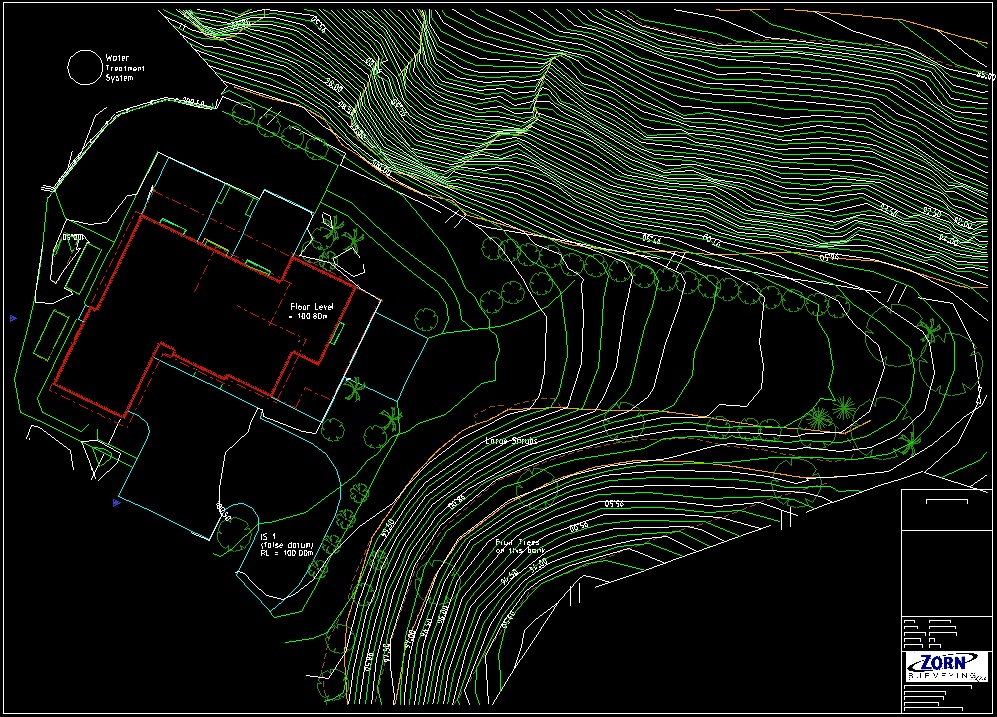The Importance of Setting Out Engineering in Construction Projects
Wiki Article
Important Devices and Strategies in Laying Out Engineering
The self-control of establishing out engineering relies heavily on a suite of important devices and methods that underpin the accuracy and performance of job implementation. What implications does this hold for future engineering methods?The Importance of Accurate Dimensions

The value of accurate dimensions prolongs past simple compliance; they are integral to the total effectiveness of design procedures. Inaccuracies can lead to material waste, task delays, and boosted labor prices, eventually influencing the job's bottom line. Specific measurements boost the quality of the last product, making certain that it executes as planned and fulfills the expectations of stakeholders.
Additionally, the value of exact dimensions is evident in various engineering disciplines, consisting of civil, mechanical, and electrical engineering. Hence, promoting a culture that focuses on accuracy is important for the future of design.
Important Tools for Laying Out
Laying out, an important phase in the engineering and building procedure, relies greatly on specific tools that guarantee accurate place and placement of frameworks. Amongst these tools, the surveyor's degree sticks out, supplying accurate horizontal measurements essential for establishing reference points. This instrument makes it possible for engineers to determine elevation modifications and keep uniformity across the job website.
The total amount station is an additional important tool, incorporating digital range dimension with angular dimension capabilities. This technology improves performance and precision in capturing spatial data, permitting effective site design and planning.
Furthermore, making use of measuring tapes and marking devices, such as chalk lines or stakes, is essential for temporarily noting borders and crucial points on the website. These fundamental tools, though simple, are essential for making sure clear communication amongst the building and construction team relating to project requirements.
Finally, general practitioner innovation has actually gained grip in establishing out procedures, giving real-time placing information and substantially enhancing accuracy over traditional approaches. Collectively, these vital tools create the foundation of reliable laying out techniques, inevitably adding to the successful implementation of engineering and building and construction projects.
Advanced Surveying Strategies
Advanced checking methods play a crucial function in improving the precision and effectiveness of engineering jobs. These methods encompass a series of approaches that offer precise information for design and construction. Traditional methods, such as progressing and triangulation, have advanced right into extra advanced techniques, including Overall Terminal surveys and International Navigation Satellite Solution (GNSS)Total Station devices integrate electronic theodolites with distance dimension capacities, permitting property surveyors to collect exact area information with terrific rate. This modern technology significantly minimizes mistakes related to hands-on dimensions and provides real-time information processing. GNSS offers unequaled accuracy for large-scale projects by making use of satellite signals to identify precise positioning, which is important for guaranteeing and aligning frameworks compliance with design specifications.
In enhancement to these devices, progressed techniques also incorporate geospatial analysis and 3D modeling. These techniques make it possible for engineers to visualize terrain and website problems much more efficiently, facilitating far better decision-making throughout the planning phase. By employing these sophisticated surveying methods, engineering tasks can accomplish higher precision in layout, minimize rework, and eventually boost total job success.
Digital Innovation in Design
The integration of electronic technology has revolutionized design methods, improving both productivity and accuracy across various techniques. Tools such as Structure Information Modeling (BIM) facilitate the visualization and administration of complicated projects, permitting engineers to collaborate seamlessly and make informed decisions. This technology makes it possible for the development of in-depth 3D designs, which can be evaluated for structural integrity and efficiency before building starts.
The application of fabricated knowledge and device learning in design processes better enhances anticipating upkeep and optimization of sources. Generally, digital modern technology is reshaping the design landscape, driving advancement, and ensuring that tasks are finished with greater efficiency and decreased risk.
Finest Practices for Execution
When applying digital modern technology in engineering, it is important to establish a tactical method that straightens with task objectives and organizational capabilities. A complete assessment of existing operations and modern technology facilities is important to identify voids and opportunities for renovation. Engaging stakeholders early in the procedure cultivates partnership and makes sure that the innovation meets individual demands.
Task managers must adopt a repetitive application approach, enabling modifications based on real-time responses and performance examinations. This active technique not just mitigates risks yet additionally advertises continual improvement by integrating lessons discovered.
Final Thought
Finally, the combination of vital devices and progressed strategies in establishing out design is important for making certain accuracy in measurements and effective project execution. Utilizing tools such as surveyor's degrees, overall terminals, and GPS innovation, together with contemporary evaluating methods, boosts accuracy and reduces the likelihood of mistakes. Taking on best methods in implementation even more maximizes these processes, ultimately fostering improved job outcomes in the engineering and building construction surveys markets.The technique of establishing out design depends greatly on a suite of crucial devices and techniques that underpin the precision and performance of project execution.Moreover, the importance of precise dimensions is apparent in numerous engineering self-controls, including civil, mechanical, and electrical design. By employing these sophisticated evaluating methods, engineering tasks can achieve greater accuracy in design, decrease rework, and eventually boost total job success.
Generally, electronic innovation is improving the engineering landscape, driving advancement, and making sure that jobs are completed with greater efficiency and reduced risk (setting out engineering).In final thought, the combination of important devices and progressed strategies in establishing out engineering is essential for ensuring accuracy in measurements and effective project implementation
Report this wiki page